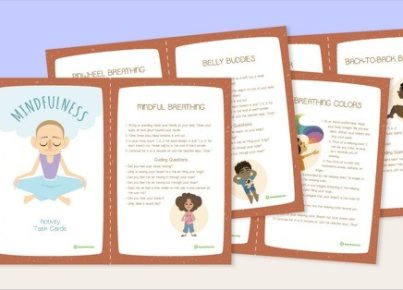1. Food Journaling: Have students maintain a food journal for a week, keeping track of everything they eat and drink. This will help them become more aware of their daily food choices and intake.
2. Analyze Nutritional Labels: Teach students how to read and interpret nutritional labels on packaged foods, and then have them compare labels of different products to make healthier selections.
3. Nutrient Research Project: Assign each student a specific nutrient to research, such as carbohydrates, protein, fats, vitamins or minerals. They can then present the information to the class through posters or group discussions.
4. Menu Planning: Have students plan a week’s worth of balanced, healthy meals considering dietary restrictions, budget constraints, and cooking skills.
5. Recipe Makeover: Encourage students to choose a favorite recipe and modify the ingredients or preparation methods to make it healthier.
6. Cook Off: Organize a healthy cooking competition where students create nutrient-dense meals from predetermined ingredients within a certain timeframe.
7. Portion Control Game: Teach students about proper portion sizes using visual aids and hands-on activities like measuring out servings of different food items.
8. Cultural Cuisine Exploration: Have students research the traditional foods of various countries to understand the cultural influences on diets worldwide.
9. Sugar Shock: Calculate the amount of sugar in popular beverages/snacks and display as visuals – using sugar cubes or measuring spoons –to illustrate excess sugar amounts that can be present in these items.
10. Calorie Countdown: Organize an activity that illustrates how many calories are burned during everyday activities like walking or cycling versus sedentary behavior like watching television or sitting at a computer.
11. Power Snacking: Teach students about the benefits of healthy snacking by sampling different options like yogurt parfaits with fruit and granola or veggie sticks with hummus.
12. Food Swap Challenge: Organize an event where students bring in unhealthy snacks they typically eat and swap them for healthier alternatives.
13. Advertising Analysis: Have students critically analyze advertisements for food products, and discuss the strategies used to promote these items.
14. Food Safety Training: Teach students the basics of food handling and preparation, including proper hygiene, cooking procedures, and storage techniques.
15. Nutritional Debate Teams: Stage a debate on hot-button nutrition issues like organic vs. conventional produce or the benefits of vegetarian diets.
16. Fruit & Veggie Bingo: Create bingo cards with images of fruits and vegetables for a fun game to encourage healthy eating habits.
17. Smoothie Day: Host a smoothie-making workshop using a variety of fruits, vegetables, and other healthy ingredients, teaching students about balanced nutrition through delicious blended drinks.
18. Plant a School Garden: Cultivate student appreciation for healthy foods by growing fresh fruit and vegetable gardens on school grounds.
19. Farm-to-School Program: Invite local farmers or food producers to speak to the class about their operations and how they contribute to community health and sustainability.
20. Community Service Project: Organize an initiative where students volunteer at soup kitchens or participate in community health events to gain firsthand experience with food-related needs that affect their local area.





